Home>Articles>How Far Does A Smoke Detector Have To Be From A Ceiling Fan
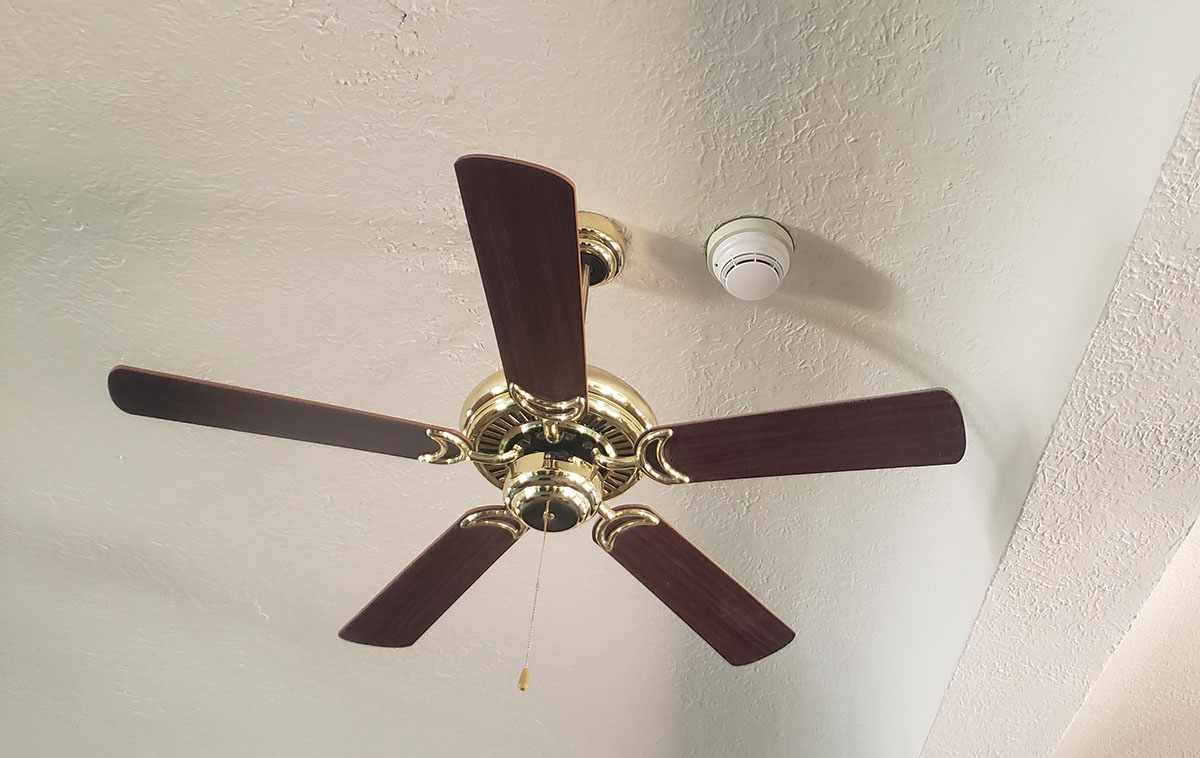

Articles
How Far Does A Smoke Detector Have To Be From A Ceiling Fan
Modified: October 20, 2024
Find out in this informative article how far a smoke detector must be installed from a ceiling fan for optimal safety. Discover expert tips and guidelines for proper installation.
(Many of the links in this article redirect to a specific reviewed product. Your purchase of these products through affiliate links helps to generate commission for Storables.com, at no extra cost. Learn more)
Introduction
Welcome to our comprehensive guide on smoke detector placement in relation to ceiling fans. Smoke detectors play a crucial role in ensuring the safety of our homes, alerting us to the presence of smoke or fire and giving us valuable time to evacuate. However, it is important to consider the impact that ceiling fans can have on the effectiveness of smoke detectors.
As homeowners, we strive to strike a balance between comfort and safety in our living spaces. Ceiling fans provide welcome relief during hot summer months, circulating cool air and creating a pleasant ambiance. But with their presence, it is essential to understand the recommended distance between smoke detectors and ceiling fans to ensure proper operation of both devices.
In this article, we will delve into the intricacies of smoke detector placement and explore how ceiling fans can influence their effectiveness. We will also discuss the optimal distance that should be maintained between smoke detectors and ceiling fans to ensure the highest level of safety in your home. Additionally, we will explore various factors to consider when determining the ideal placement of smoke detectors, taking into account different room sizes and layouts.
By understanding the relationship between smoke detectors and ceiling fans, as well as the factors that affect their placement, you will have the knowledge and tools necessary to ensure the safety and comfort of your home.
So, without further ado, let’s dive into the details of smoke detector placement and how it relates to ceiling fans.
Key Takeaways:
- Proper smoke detector placement is crucial for home safety, especially in rooms with ceiling fans. Maintaining a minimum distance of three feet between smoke detectors and ceiling fans is recommended to ensure optimal performance.
- Factors such as room size, usage, and ceiling fan characteristics should be considered when determining smoke detector placement. Adhering to manufacturer guidelines and regular maintenance are essential for maximizing smoke detector performance.
Understanding Smoke Detector Placement
When it comes to smoke detectors, proper placement is key to ensuring they can effectively detect and alert us to the presence of smoke or fire. The National Fire Protection Association (NFPA) provides guidelines on smoke detector placement to maximize their efficiency.
Generally, smoke detectors should be installed on every level of the home, including the basement and each bedroom. They should also be positioned outside of sleeping areas to provide early warning in case of a fire during the night. Additionally, smoke detectors should be installed in the vicinity of all frequently used areas, such as living rooms, hallways, and kitchens.
It is crucial to place smoke detectors on the ceiling, as smoke rises and gathers near the ceiling. This placement allows smoke detectors to detect the presence of smoke at the earliest stage possible. However, this raises a question: what happens when you have a ceiling fan in the room?
The presence of a ceiling fan can affect the performance of a smoke detector if it is installed too close. The movement and airflow caused by the fan can disperse smoke, making it more difficult for the detector to sense it. This could potentially delay the detection of a fire and reduce the effectiveness of the alarm.
To ensure the smoke detector functions optimally, it is essential to understand the impact that ceiling fans can have on their performance. By considering the recommended distance between smoke detectors and ceiling fans, we can strike a balance between comfort and safety in our homes.
Next, let’s explore the specific impact that ceiling fans can have on smoke detector placement and how to address this concern.
The Impact of Ceiling Fans on Smoke Detector Placement
Ceiling fans are a common fixture in many homes, providing both comfort and aesthetics. However, their presence can pose challenges when it comes to smoke detector placement. The movement and airflow generated by ceiling fans can disrupt the flow of smoke and potentially delay the detection of a fire.
The airflow created by a ceiling fan can disperse smoke throughout a room, making it more difficult for a smoke detector to sense its presence. As smoke particles become diluted within the circulating air, the detector may take longer to detect the smoke and activate the alarm. This delay could be critical in a fire emergency, as every second counts.
It is important to address this issue by ensuring an adequate distance between the smoke detector and the ceiling fan. By placing the smoke detector at the recommended distance, you can minimize the disruption caused by the fan’s airflow and maximize the detector’s effectiveness in detecting smoke.
Moreover, ceiling fans can also create false alarms if placed too close to smoke detectors. The movement of the fan’s blades can generate dust or other airborne particles that might trigger the smoke detector. Placement at the appropriate distance helps prevent unnecessary false alarms, ensuring that the detector is solely activated by smoke or fire-related incidents.
Considering these factors, it is evident that the impact of ceiling fans on smoke detector placement should not be overlooked. The next section will provide guidance on the recommended distance that should be maintained between smoke detectors and ceiling fans.
A smoke detector should be installed at least 4 inches away from a ceiling fan to prevent air turbulence from affecting its performance.
Recommended Distance Between Smoke Detectors and Ceiling Fans
When determining the distance between smoke detectors and ceiling fans, it is crucial to strike a balance between safety and comfort. The goal is to position the smoke detector at a distance that minimizes the impact of the fan’s airflow on its performance while still ensuring effective smoke detection.
The National Fire Protection Association (NFPA) recommends a minimum distance of at least three feet between a smoke detector and a ceiling fan. This distance helps to mitigate the dispersion of smoke caused by the fan’s airflow and reduces the risk of delays in detecting smoke or fire.
It is important to note that this distance is a general guideline and may vary depending on the specific configuration of the room and the characteristics of the ceiling fan. For instance, if the ceiling fan is particularly powerful or if the room has a high ceiling, it may be advisable to increase the distance to ensure optimal performance of the smoke detector.
Additionally, it is necessary to consider the angle at which the ceiling fan blades operate. If the blades are inclined, the distance between the smoke detector and the fan should be measured from the lowest point of the spinning blades to ensure that the airflow doesn’t interfere with the smoke detector’s functionality.
It is always a good idea to consult the manufacturer’s instructions and guidelines for both the smoke detector and the ceiling fan. These guidelines may provide specific recommendations or considerations based on the particular brands or models.
By adhering to the recommended distance between smoke detectors and ceiling fans, you can ensure that both devices function optimally. This promotes the early detection of smoke or fire and provides you and your loved ones with vital time to escape safely in the event of an emergency.
However, it is important to remember that smoke detector placement is just one aspect of a comprehensive fire safety plan. Regular maintenance, testing, and battery replacement are equally important to ensure that the smoke detectors are in proper working condition at all times.
Now that we understand the recommended distance, let’s explore a few additional factors to consider for optimal smoke detector placement in your home.
Factors to Consider for Optimal Smoke Detector Placement
When it comes to smoke detector placement in your home, several factors should be taken into consideration to ensure optimal performance and coverage. Here are some key factors to keep in mind:
- Room Size: The size and layout of the room play a crucial role in determining the placement of smoke detectors. Large rooms may require multiple detectors to adequately cover the entire space. For open-concept areas, detectors should be placed in central locations to provide maximum coverage.
- Room Usage: Consider the purpose of each room when planning smoke detector placement. Bedrooms, living rooms, and kitchens should always have smoke detectors installed. Additionally, if you have a home office or a room with electronics or flammable materials, it is essential to have a smoke detector in those areas as well.
- Height Placement: Smoke detectors should be installed on the ceiling or high on the wall, as smoke rises. Mounting smoke detectors at the highest point possible provides early detection by capturing smoke before it reaches occupants. Avoid placing detectors near doors, windows, or air vents, as these areas can interfere with proper smoke detection.
- Interconnection: Consider interconnecting your smoke detectors so that when one alarm goes off, all alarms in the house sound simultaneously. This provides an early warning throughout the entire home, increasing the chances of safe evacuation.
- Number of Smoke Detectors: The NFPA recommends having smoke detectors on every level of your home, including the basement and in each bedroom. Additionally, have detectors placed outside sleeping areas to provide an early warning during the night.
- Maintenance: Regular maintenance is crucial for the effective functioning of smoke detectors. Test your detectors monthly, replace batteries as needed, and clean them regularly to remove dust and debris that could affect performance.
Considering these factors and ensuring that smoke detectors are strategically placed throughout your home will provide the highest level of protection and early detection in the event of a fire.
Remember, smoke detectors are a vital component of your home’s safety system, but they should not be relied upon as the sole means of protection. Practice fire safety habits, such as creating and regularly reviewing escape plans with your family, and keep fire extinguishers in easily accessible areas.
By taking these steps and considering the various factors involved in smoke detector placement, you can ensure the safety and well-being of yourself and your loved ones.
Let’s conclude this comprehensive guide on smoke detector placement with a summary of the key points we’ve discussed.
Conclusion
In conclusion, proper smoke detector placement is essential for the safety of your home and family. When considering smoke detector placement in rooms with ceiling fans, it is important to strike a balance between comfort and safety. Ceiling fans can impact the performance of smoke detectors by dispersing smoke and potentially delaying detection.
The recommended distance between smoke detectors and ceiling fans is at least three feet, as suggested by the National Fire Protection Association (NFPA). This distance helps minimize the interference of the fan’s airflow and ensures optimal smoke detection. However, factors such as room size, usage, and ceiling fan characteristics should also be considered to determine the most suitable placement.
Remember to adhere to manufacturer guidelines for both smoke detectors and ceiling fans. These guidelines may provide specific recommendations based on the specific brands or models you have installed in your home.
Other factors to consider for optimal smoke detector placement include the size and layout of the room, the height of placement, interconnection of detectors, and regular maintenance. Ensuring proper placement and maintenance of smoke detectors maximizes their performance and early detection capabilities.
While smoke detectors are a critical component of home fire safety, they are just one part of a comprehensive fire safety plan. Regularly practicing fire drills, maintaining fire extinguishers, and following other fire safety precautions are equally important for protecting your home and loved ones.
We hope this comprehensive guide has provided you with valuable insights into smoke detector placement in relation to ceiling fans. By understanding the impact of ceiling fans on smoke detector performance and considering the recommended distance and other factors, you can enhance the safety and security of your home.
Remember, fire safety is not to be taken lightly. Take the necessary precautions, educate your family, and be vigilant in maintaining a safe environment. With the right measures in place, you can ensure the well-being of your home and the people who live in it.
Frequently Asked Questions about How Far Does A Smoke Detector Have To Be From A Ceiling Fan
Was this page helpful?
At Storables.com, we guarantee accurate and reliable information. Our content, validated by Expert Board Contributors, is crafted following stringent Editorial Policies. We're committed to providing you with well-researched, expert-backed insights for all your informational needs.
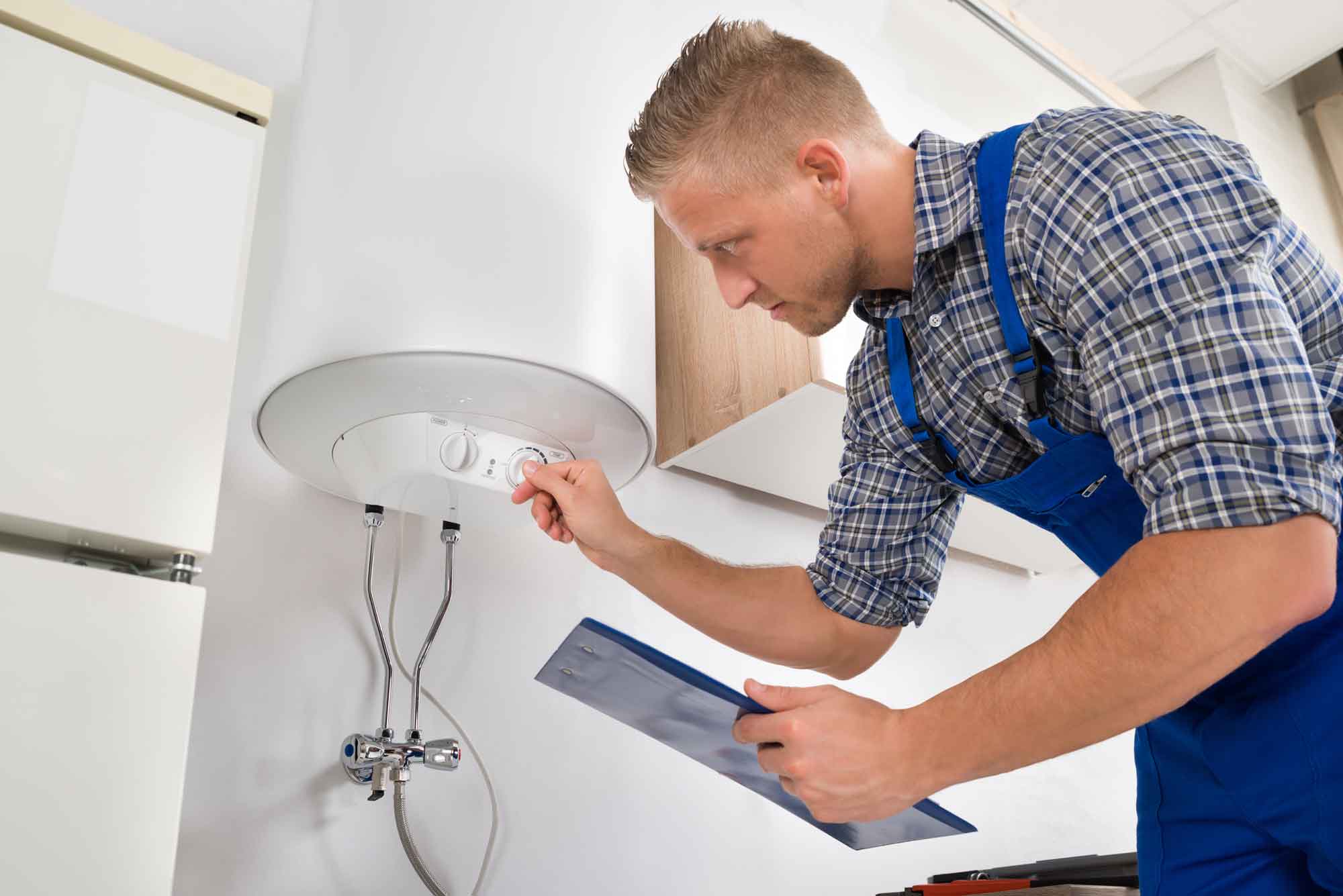
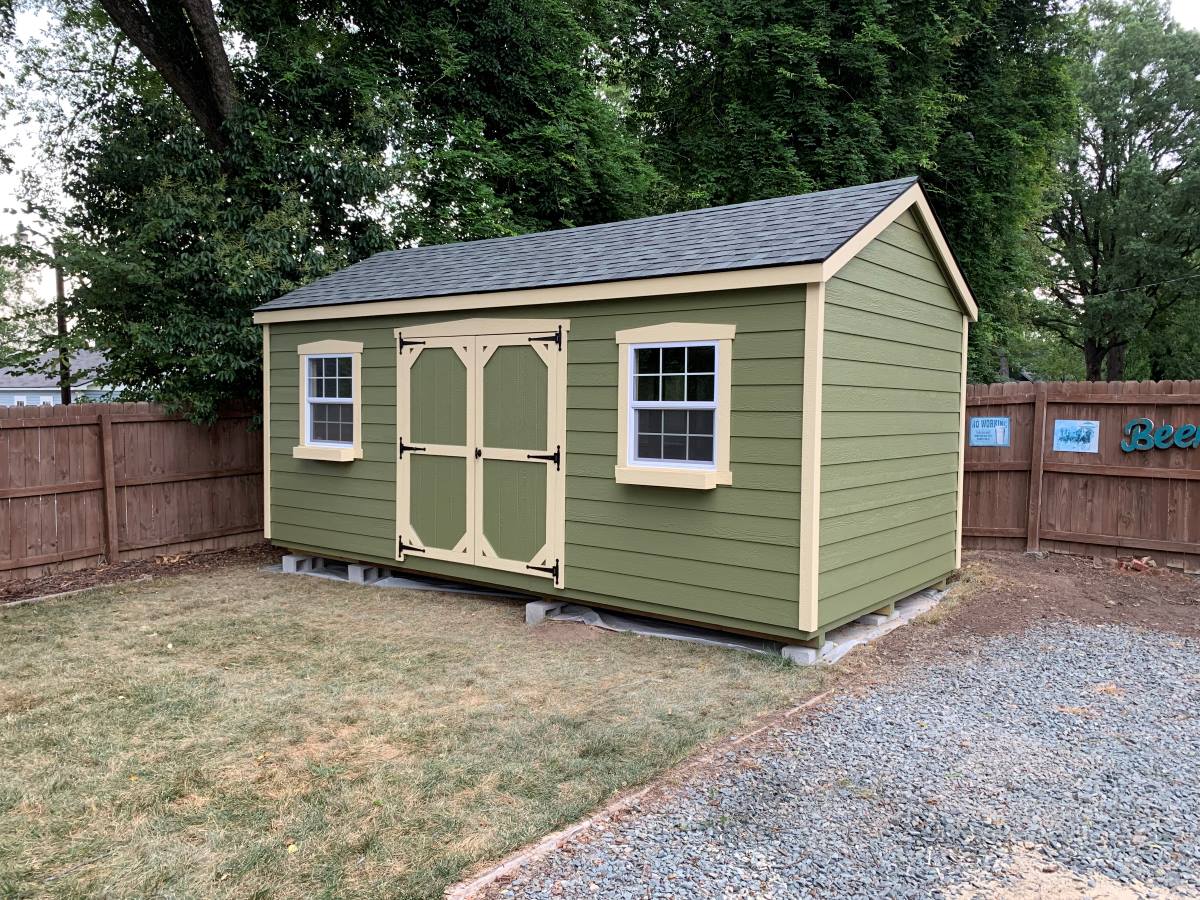

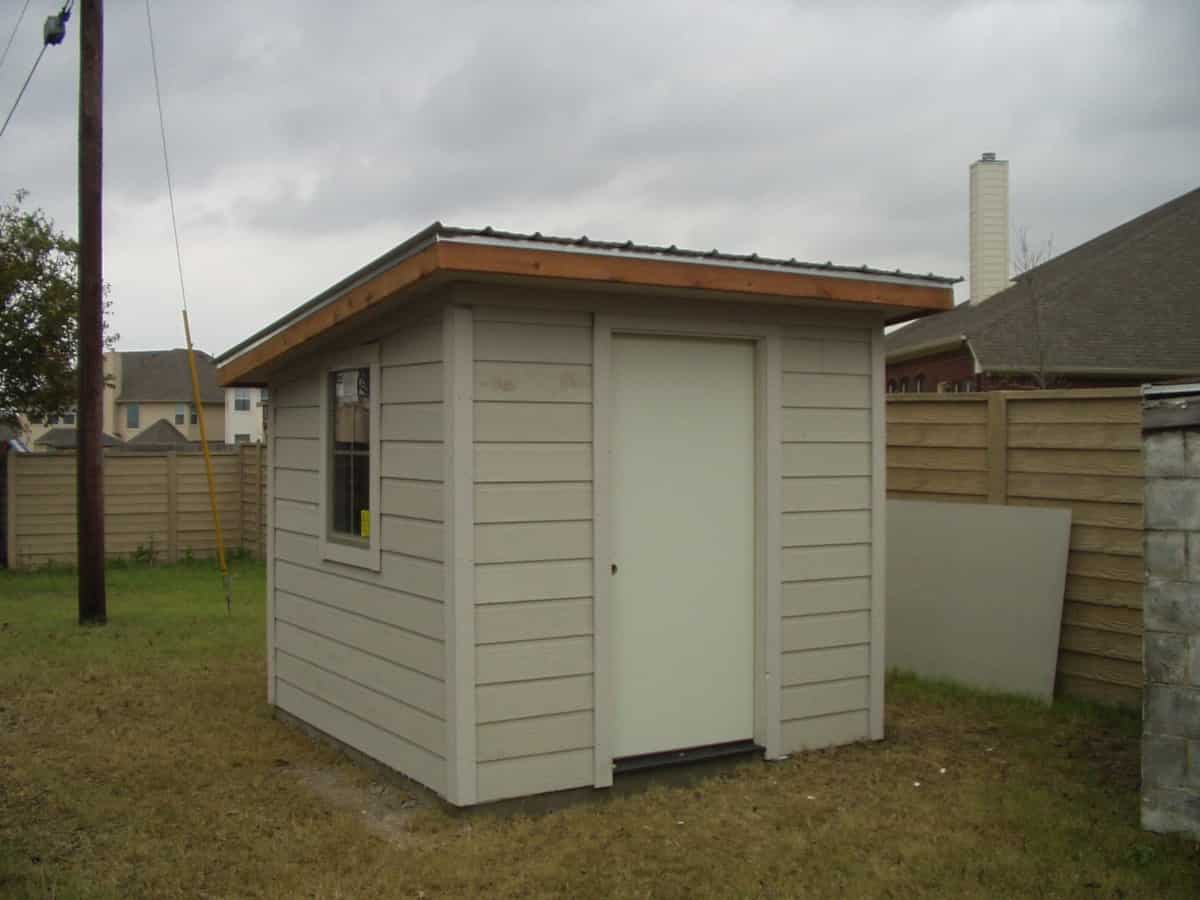
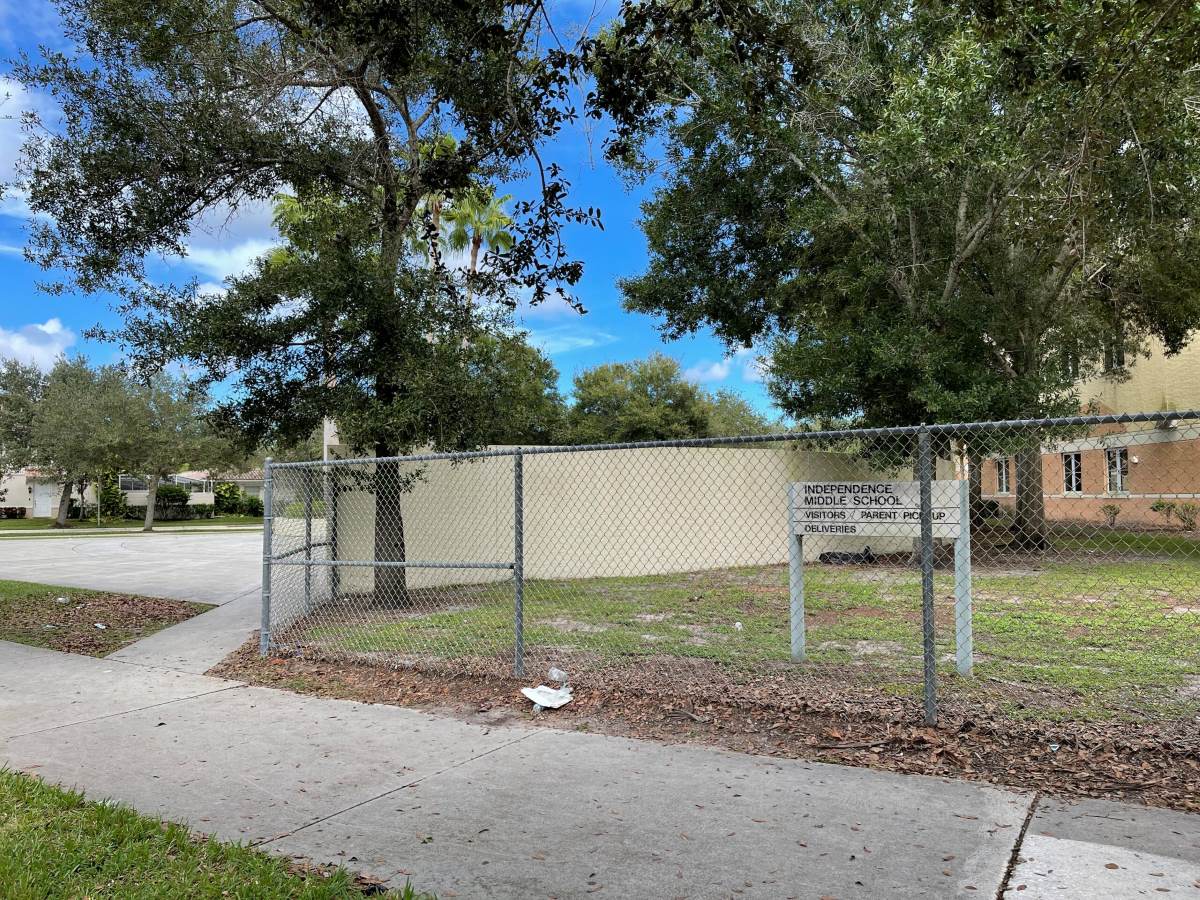
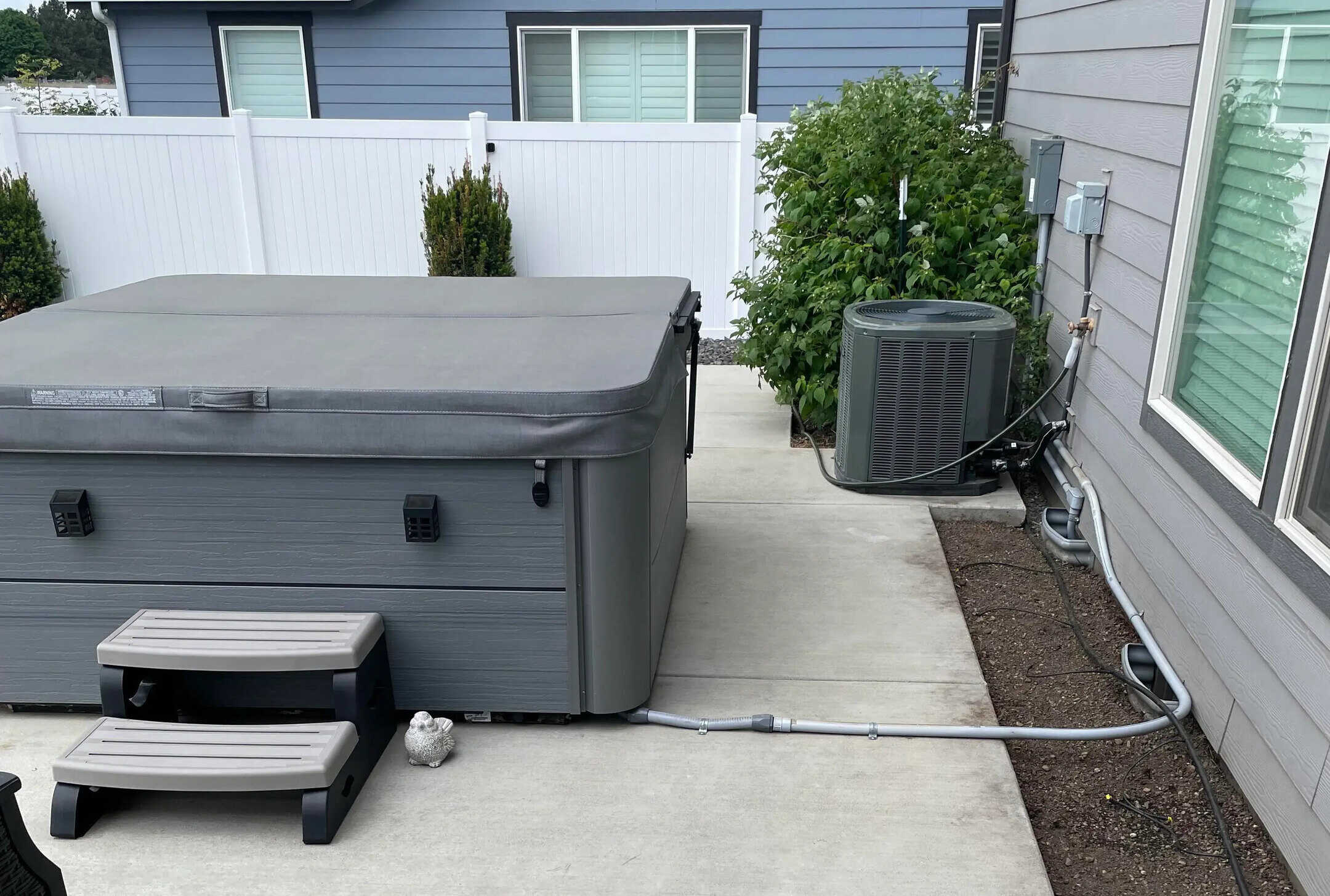
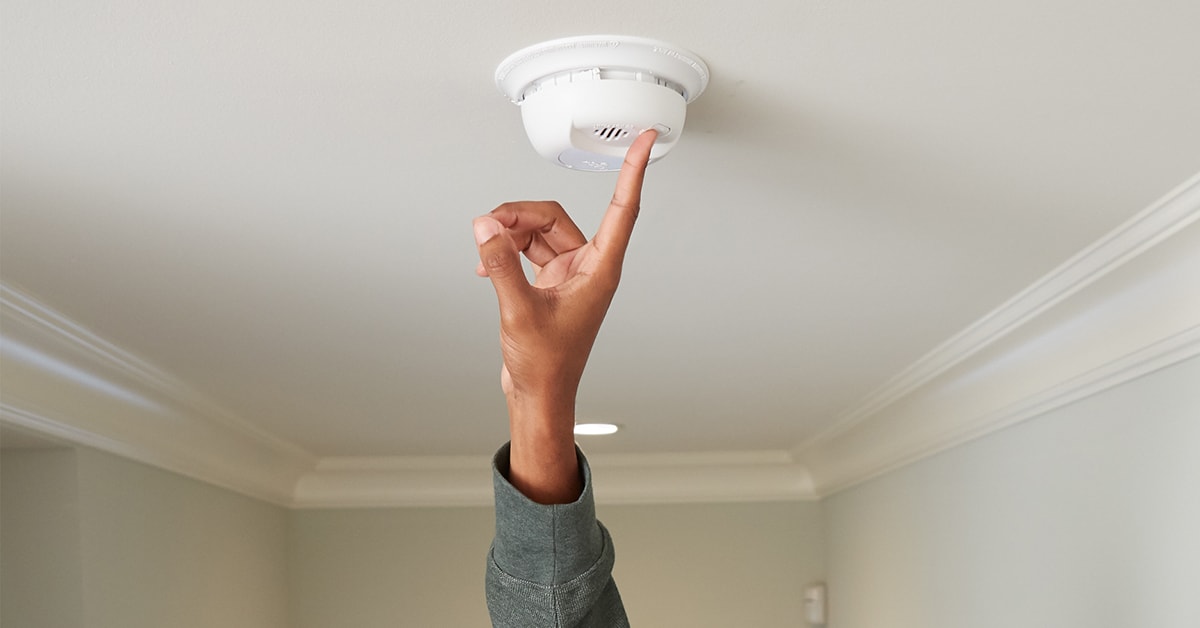
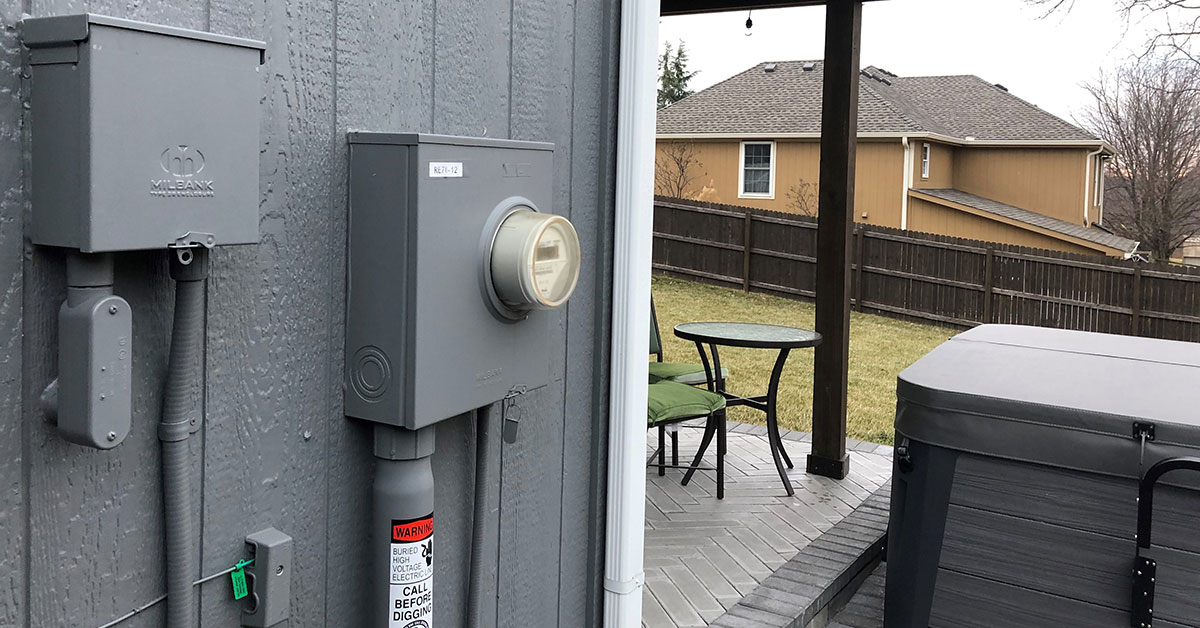
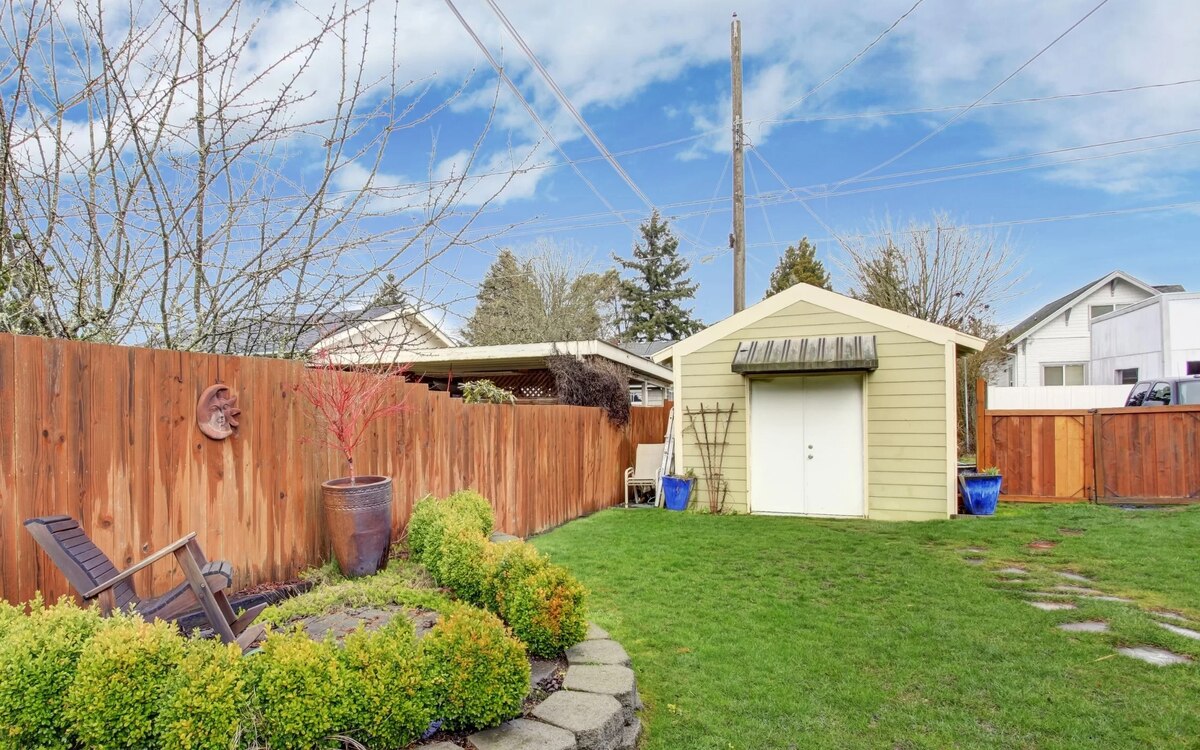
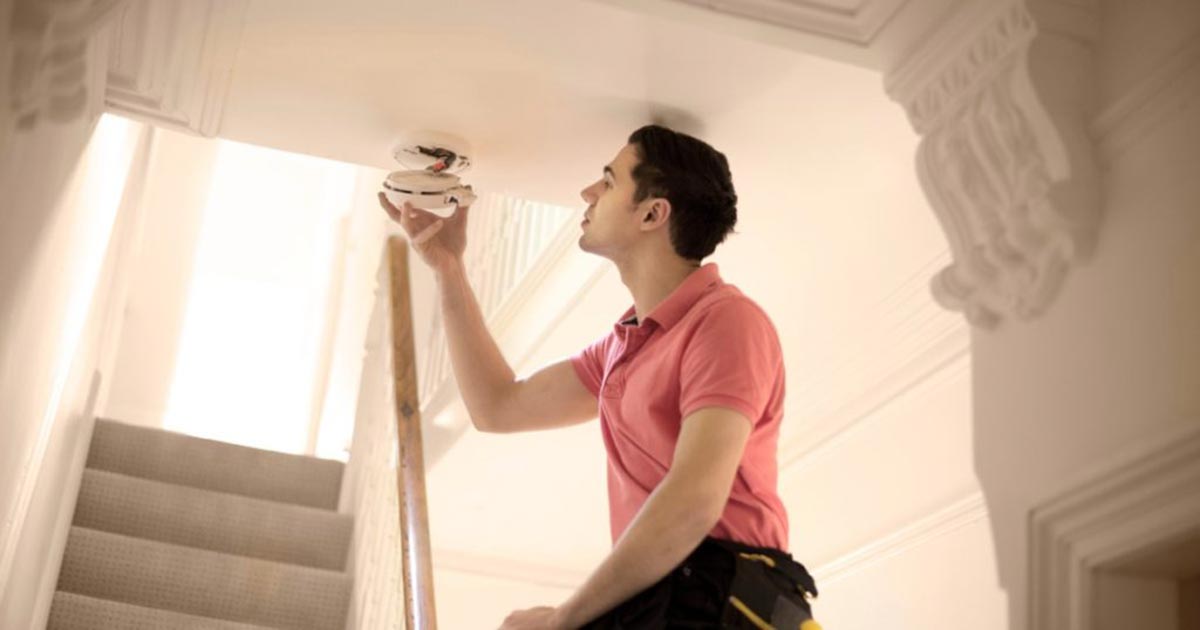
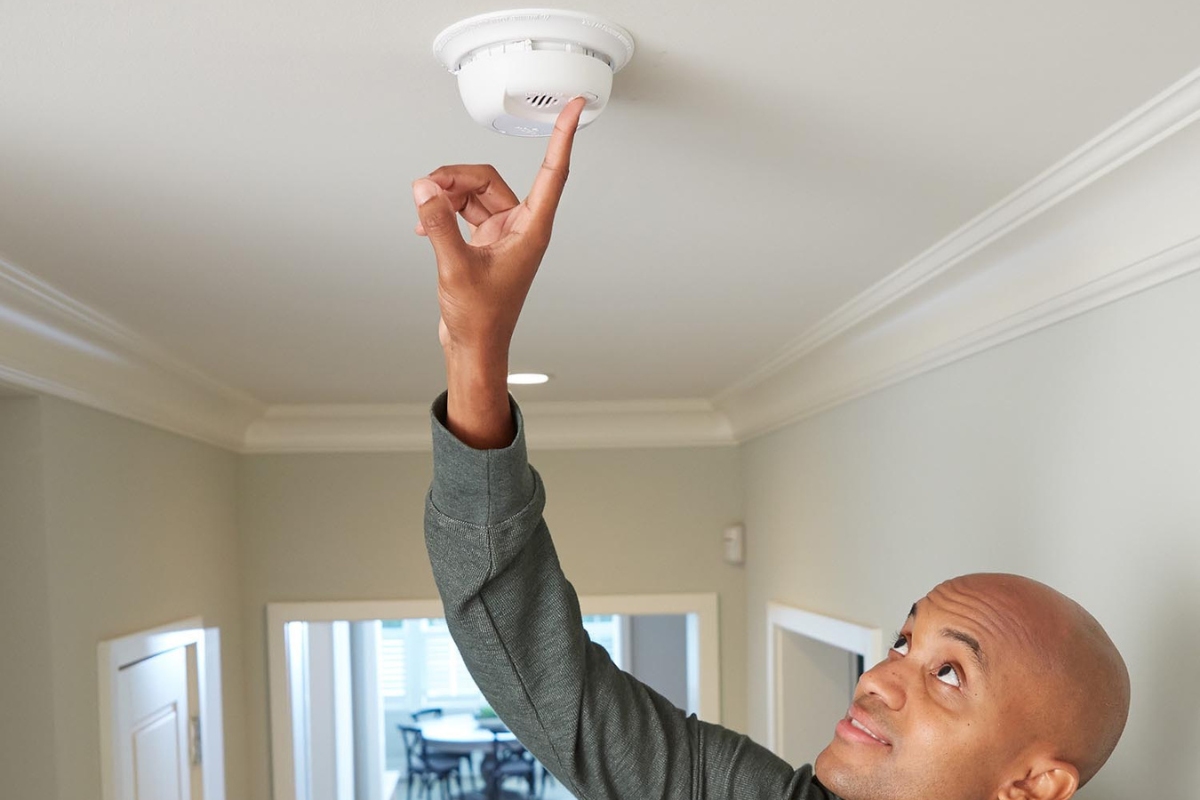
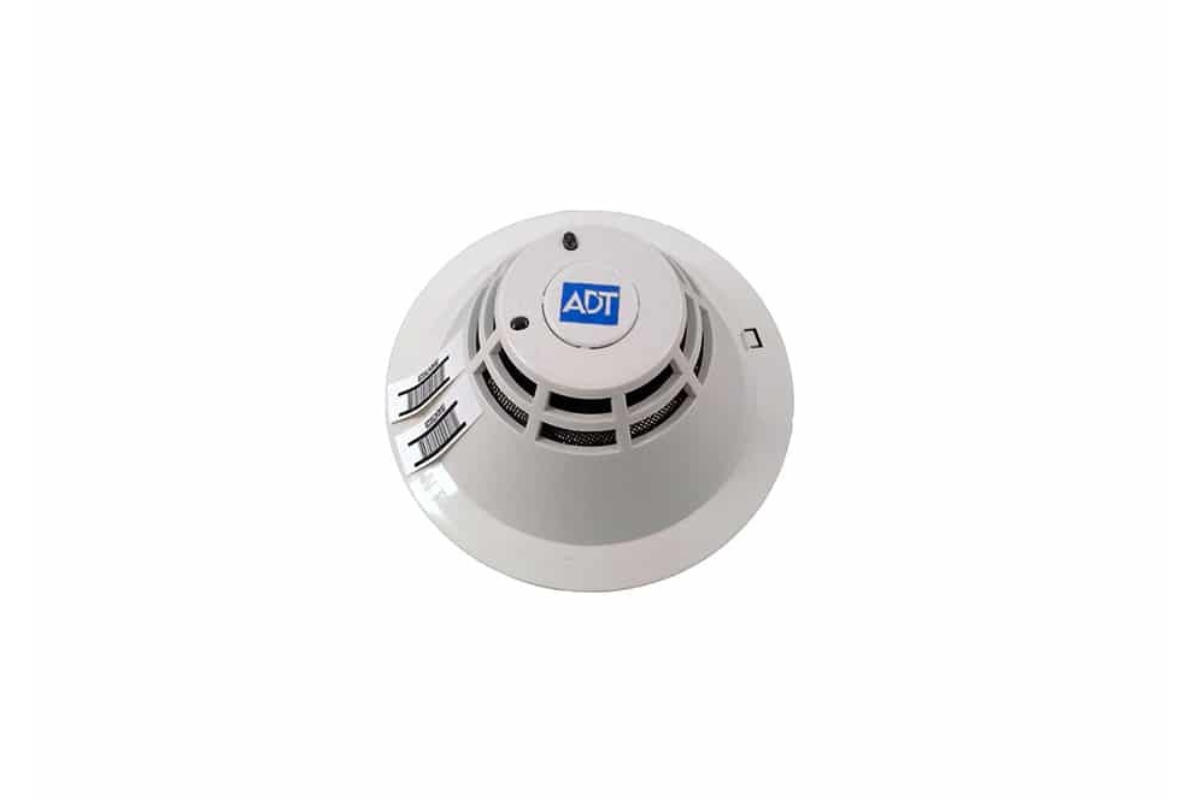
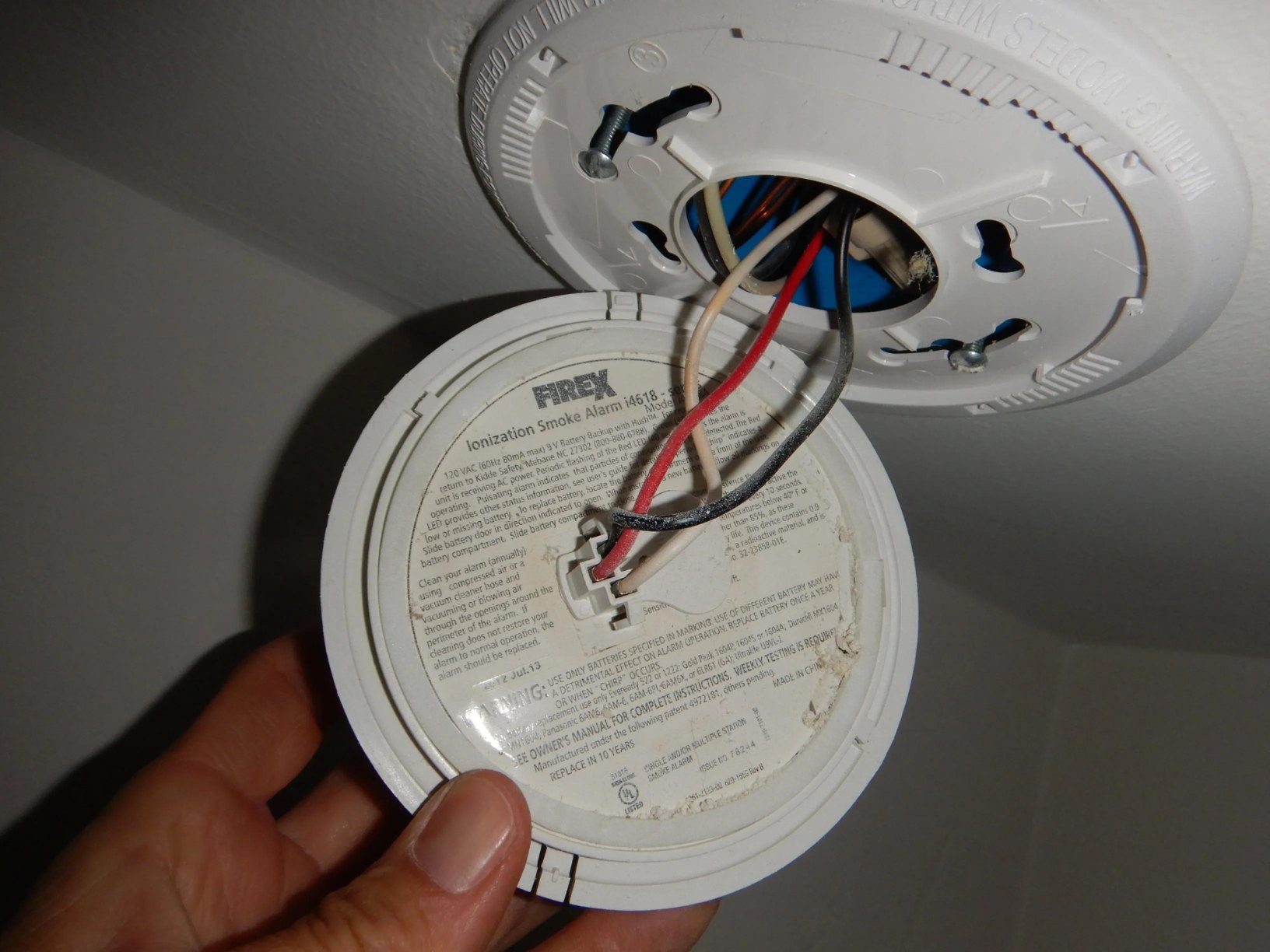
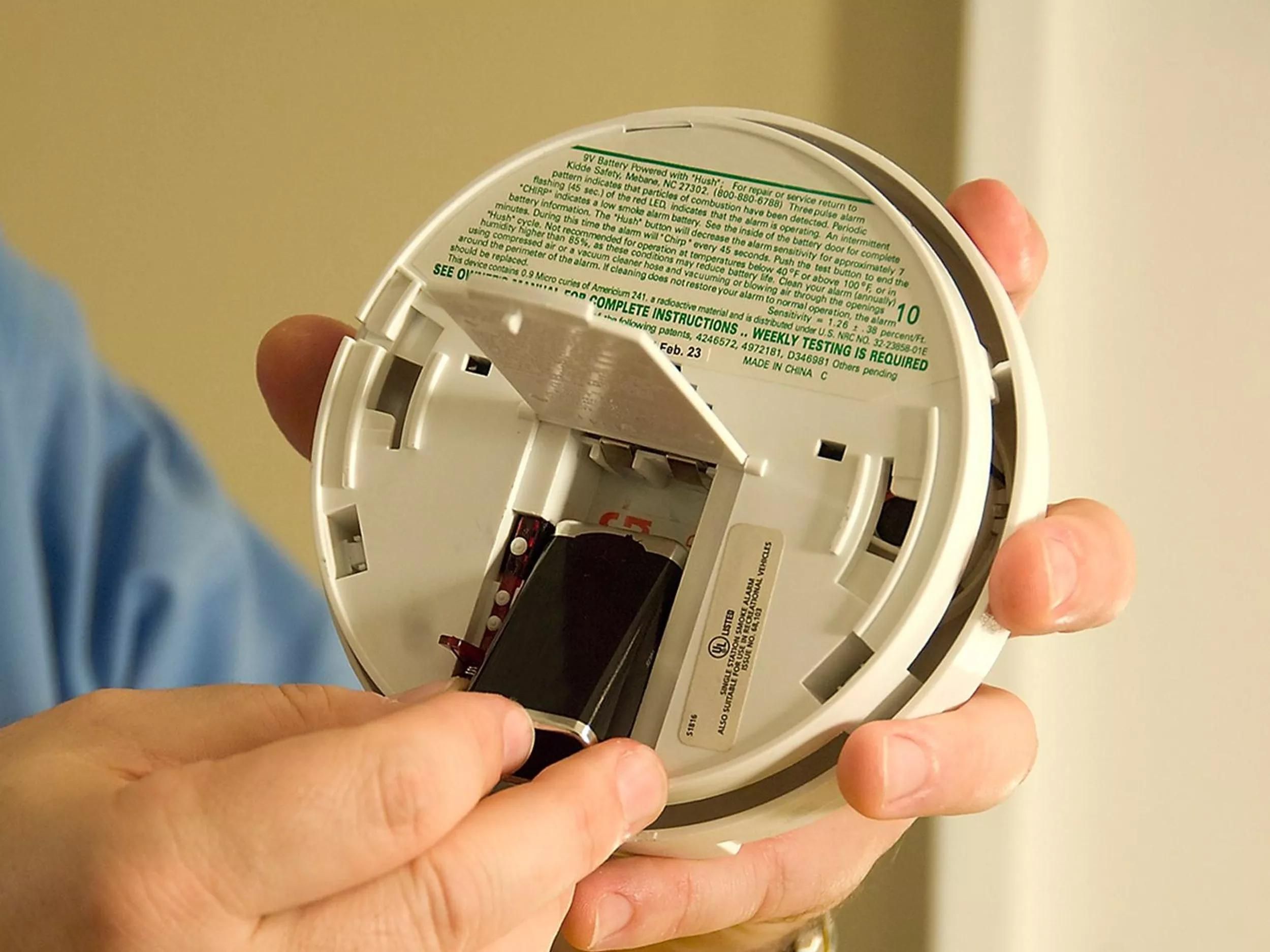

0 thoughts on “How Far Does A Smoke Detector Have To Be From A Ceiling Fan”